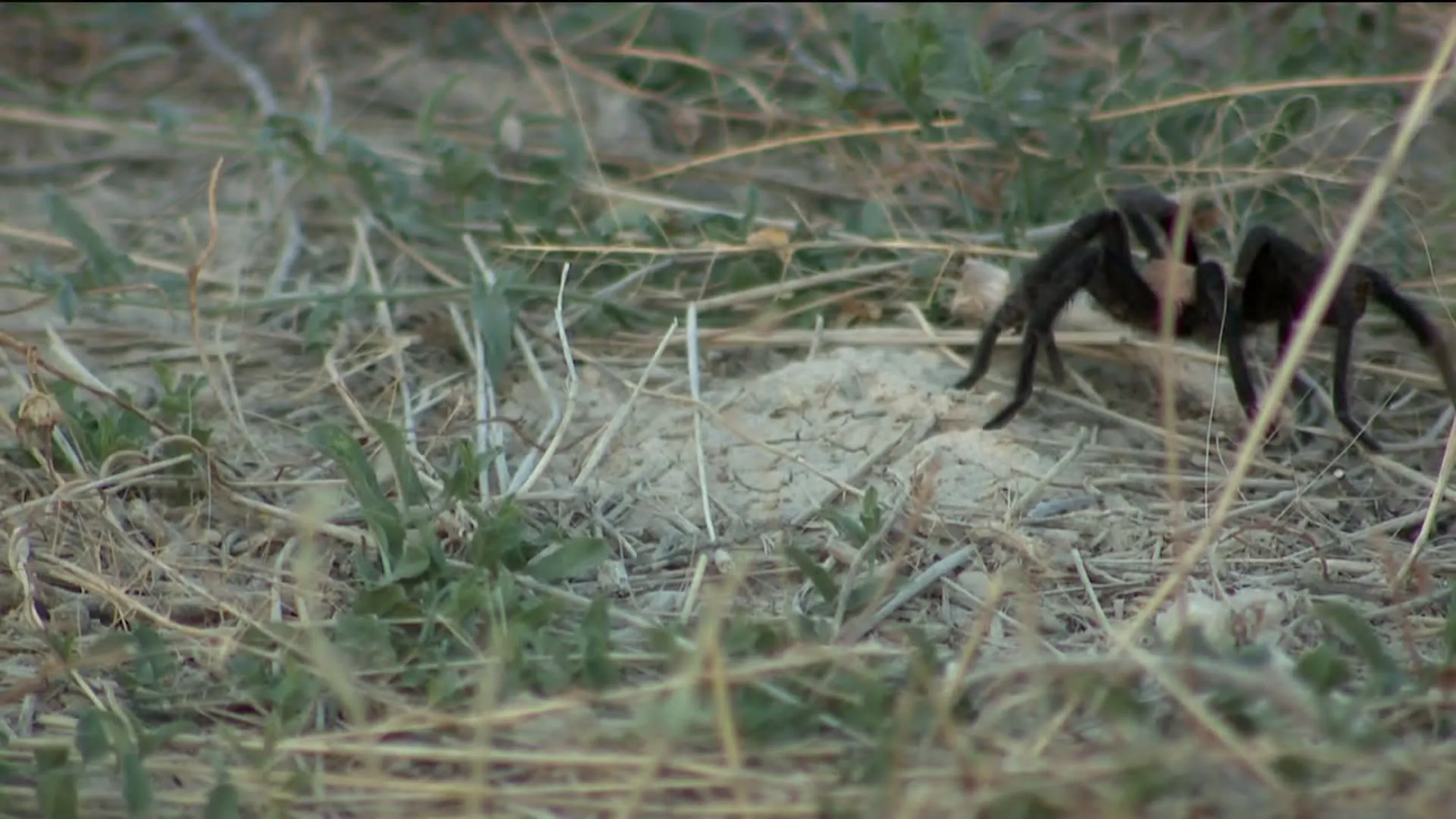What is the Colorado Tarantula Migration?
The Colorado tarantula migration is a fascinating natural phenomenon where thousands of tarantulas, specifically the species Aphonopelma chalcodes, embark on a journey. This event typically occurs in the late summer and early fall, when mature male tarantulas leave their burrows in search of mates. These spiders, often quite large with impressive leg spans, traverse the landscape, making for a truly spectacular sight. Their primary goal is to find a female tarantula, and this quest drives them to cross roads, fields, and other terrains, creating a unique opportunity for wildlife enthusiasts and photographers to witness their behavior. This migration is not only a display of nature’s wonders, but it also highlights the importance of preserving the habitats that these creatures call home.
The Tarantula’s Journey
The journey of these male tarantulas is a crucial part of their life cycle. Having spent years maturing in their burrows, these male spiders emerge to find a mate before winter sets in. Their bodies transform for this purpose, with males developing specialized appendages used for mating. They can travel quite a distance during the migration, often guided by pheromones released by female tarantulas. This journey is not without its dangers, as they face threats such as being struck by vehicles, predation from birds, and the challenges of navigating varied environments. Understanding the purpose and challenges of this journey enriches the experience for those observing this remarkable migration.
When and Where to See the Migration
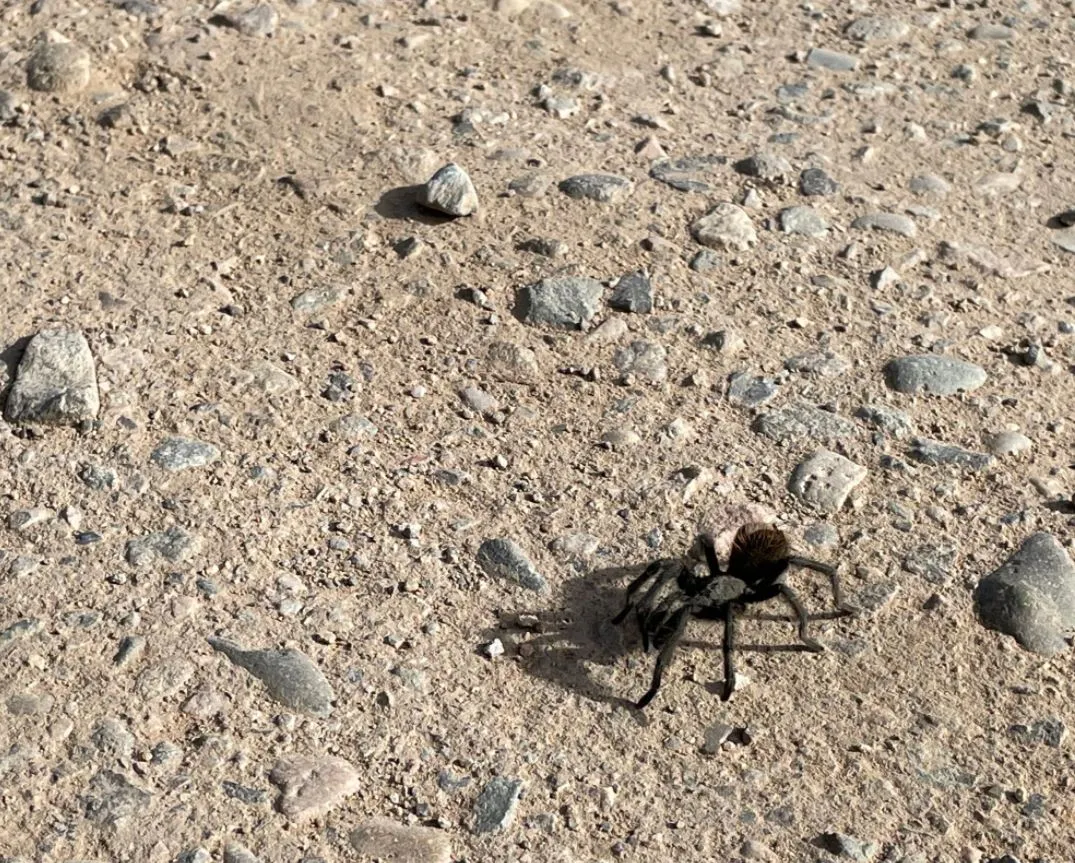
Timing and location are crucial for witnessing the Colorado tarantula migration. Knowing the right time and place significantly increases your chances of seeing this impressive event. It usually takes place in late August through September, but it varies depending on the weather conditions and the tarantulas’ internal clocks. The best locations are in southeastern Colorado, primarily in areas like the Comanche National Grassland. This region provides the right habitat and conditions for the tarantulas to thrive and begin their migration. Checking local weather forecasts and reports from wildlife organizations can help you pinpoint the exact peak migration times and plan your visit accordingly.
Best Time to Observe Tarantulas
The best time to observe the tarantula migration is generally during the late afternoon and early evening. This is when the tarantulas are most active, as they move about in search of mates. As the sun sets, the cooler temperatures and softer light create ideal conditions for spotting and photographing them. However, it is also important to be aware that tarantulas can be active throughout the day, especially on overcast days. Observing during these different times can provide diverse opportunities for capturing the migration on video or still images. Plan your visit accordingly to maximize your chances of witnessing the tarantulas in action.
Prime Locations for Tarantula Spotting
Specific areas within the Comanche National Grassland and surrounding regions offer the best chances for spotting the Colorado tarantula migration. Some popular spots include certain trails, roadsides, and open areas that the tarantulas are known to cross. When planning your visit, always consult local park services or wildlife organizations for the most up-to-date information on where the migration is occurring. Doing so will help protect the tarantulas and ensure a successful viewing experience. Please note that the exact locations can vary from year to year, so it is important to be prepared to explore different areas to locate these impressive creatures.
Tips for Spotting Tarantulas
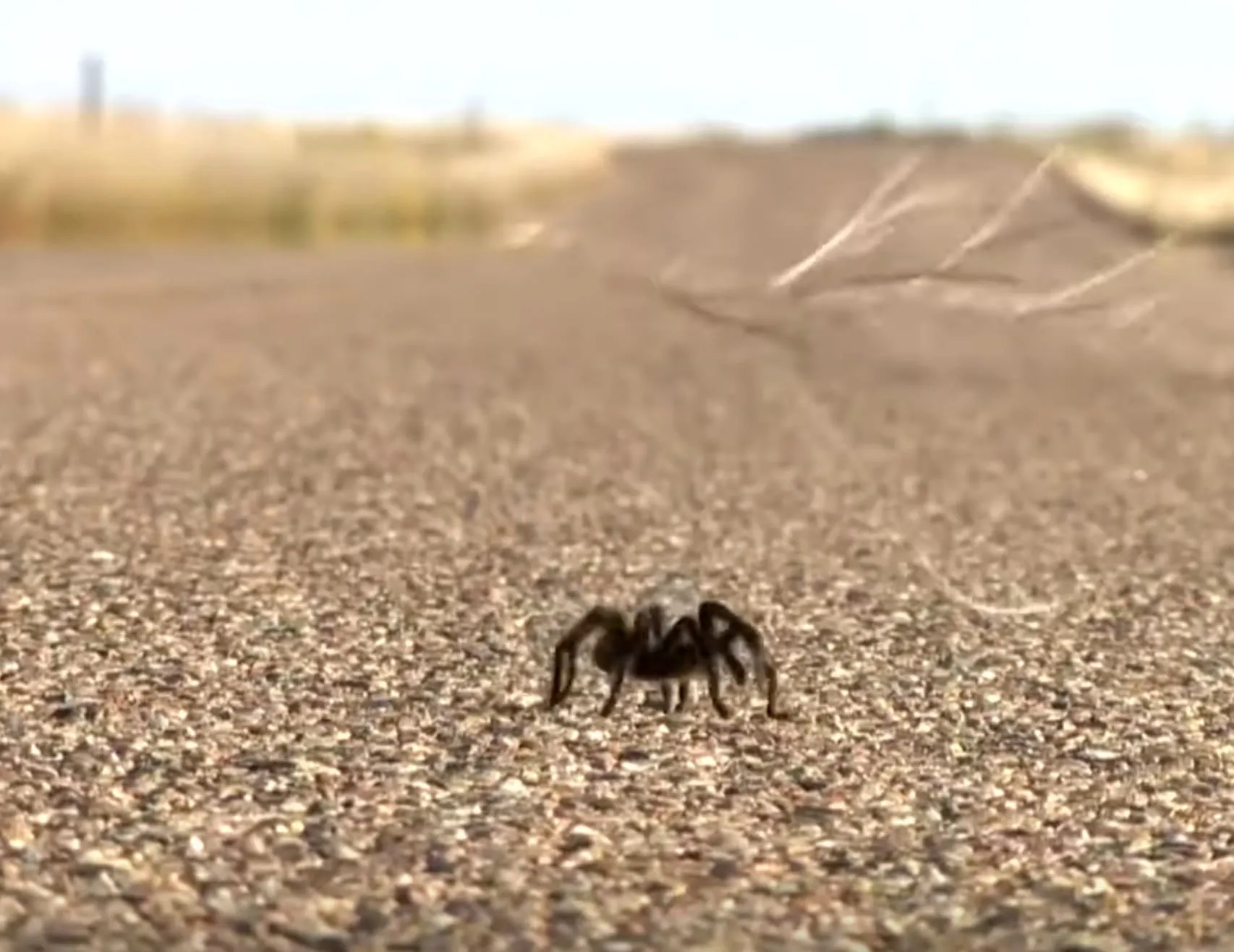
Spotting tarantulas during their migration requires a bit of patience and observation skills. The first step is to have a keen eye, as they can sometimes blend in with their surroundings. Drive slowly and watch the roads carefully, paying attention to the edges and any movement you notice. It helps to bring binoculars to get a closer look from a safe distance. The best approach is to know what to look for and be prepared to spend some time in the area to increase your chances of finding them. Moreover, wear appropriate footwear and clothing for outdoor conditions, as you may have to walk and explore different terrains to spot them. This preparation can make your experience more enjoyable.
Observe Safely
Safety should be a top priority when observing the tarantula migration. Always maintain a safe distance from the tarantulas, as they can bite if they feel threatened. While their venom is not typically fatal to humans, their bite can cause pain and discomfort. Avoid handling or disturbing them in any way, and do not attempt to provoke them. Be mindful of your surroundings, watching for other wildlife, hazards like uneven terrain and weather changes. Inform someone about your plans and the location you are visiting, especially if you are going alone. Moreover, it’s a good idea to carry a basic first-aid kit.
What to Bring
To make the most of your tarantula migration viewing experience, it’s important to pack the right equipment. Bring comfortable walking shoes suitable for uneven terrain, as well as appropriate clothing to handle variable weather conditions. Essential items include binoculars for close-up viewing and a camera to capture the moment. A good camera with a zoom lens will allow you to take detailed photos and videos from a safe distance. Also, bring water, snacks, and sunscreen to stay comfortable. A map of the area and a fully charged phone are also helpful, especially if you are exploring a new area. Finally, a small first-aid kit can be a useful addition.
How to Film the Migration
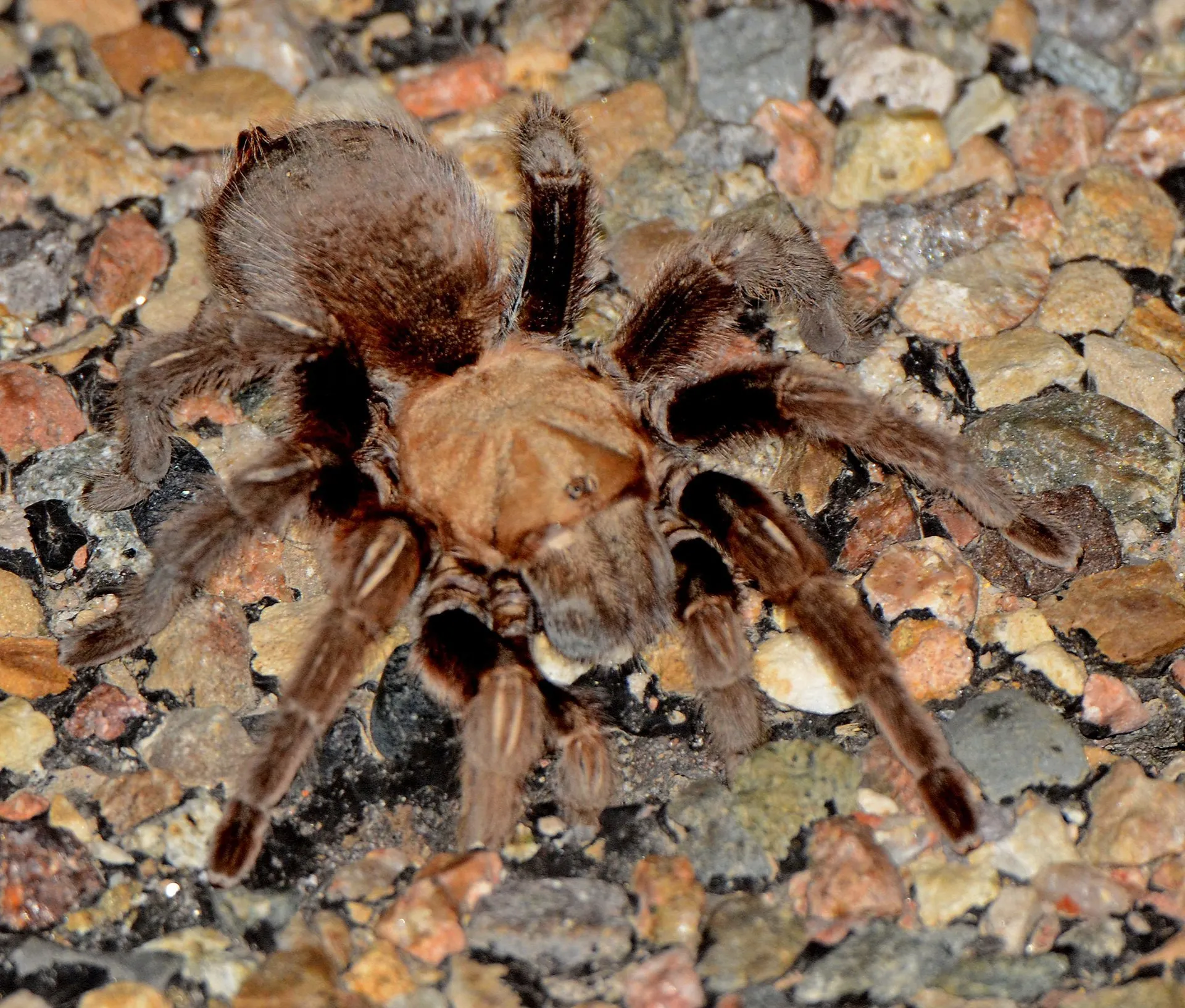
Filming the Colorado tarantula migration can be a rewarding experience, allowing you to share the wonders of nature with others. Start by using a high-quality camera that can record clear, stable footage, even in low light. Set up your equipment in a safe place and use a tripod to keep your camera steady. Patience is key: the tarantulas can be unpredictable, so be prepared to wait for them to move into view. Consider using a zoom lens to get closer shots without disturbing the spiders. Remember to respect their habitat and avoid any actions that could harm them. Consider using a wildlife blind for additional stealth and stability.
Equipment for Capturing the Moment
Choosing the right equipment is important for filming the tarantula migration. A good camera with the ability to shoot in high resolution is essential. A camera that can handle low-light conditions is beneficial, as the best times to observe are often during dawn or dusk. A sturdy tripod is vital for keeping the camera stable, especially when zooming in. If you are filming from a distance, a zoom lens is a must. Consider bringing extra batteries and memory cards to ensure you don’t miss any moments. A protective case for your equipment will help protect it from the elements.
Camera Settings for the Best Shots
Mastering the right camera settings can significantly improve the quality of your video. Start by selecting the appropriate frame rate, such as 24 or 30 frames per second, for a cinematic look. Adjust the aperture to control the depth of field; a wider aperture (lower f-number) will blur the background and focus on the tarantula. Set the ISO to a low value in good light, and increase it in low light conditions to capture more light. Pay attention to the focus, ensuring that the tarantula remains sharp, and experiment with different focus modes to find what works best. Finally, use a neutral density filter to reduce the amount of light entering the lens, allowing you to use a wider aperture in bright conditions.
Tips for Photographing the Tarantula Migration
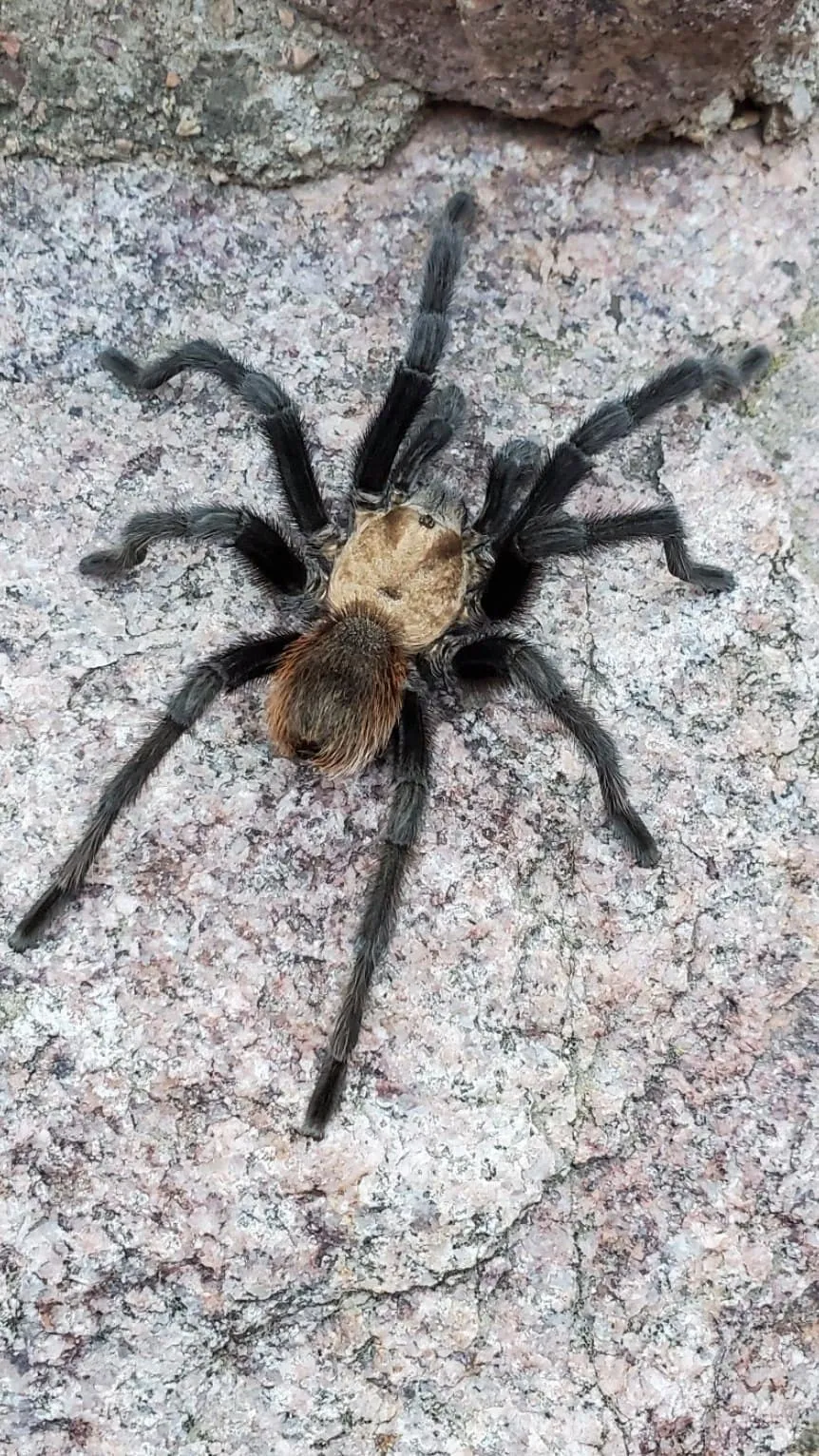
Photographing the tarantula migration requires a balance of patience, skill, and respect for the subject. Before you start, check the weather and light conditions to plan your shoot accordingly. It is crucial to be patient, as the tarantulas can take a while to appear. Use a telephoto lens to capture clear images from a safe distance. Focus on the tarantulas’ behavior and try to capture their natural movements and interactions. When photographing, be sure to use burst mode and shoot in RAW format. Finally, avoid using flash, as it can disturb the tarantulas. Be respectful of their environment and avoid any actions that could disrupt their migration.
Respecting the Tarantulas
Respecting the tarantulas and their environment is crucial for a sustainable wildlife observation. It means approaching the tarantulas with a sense of reverence and understanding their importance in the ecosystem. Do not disturb the tarantulas or their habitat, and do not handle them, as this can cause stress and harm. Always stay on marked trails and avoid trampling vegetation. Be mindful of your noise levels and avoid loud noises that might scare the tarantulas. Leave no trace behind by packing out everything you bring in. By respecting the tarantulas and their environment, we can help preserve this unique natural event for future generations.
Why It’s Important
Understanding and respecting the tarantula migration is vital for several reasons. It helps to protect the tarantulas and their habitats. These spiders are an important part of the ecosystem, helping to control insect populations and serving as a food source for other animals. The migration is also an opportunity to educate and inspire others about the wonders of wildlife. It is also a natural reminder about the delicate balance of our environment, and how human activity can affect it. Moreover, by observing this natural event, we learn about the cycles of life and the importance of conservation. By appreciating the beauty and importance of this migration, we become advocates for wildlife preservation.
Ethical Observation Practices
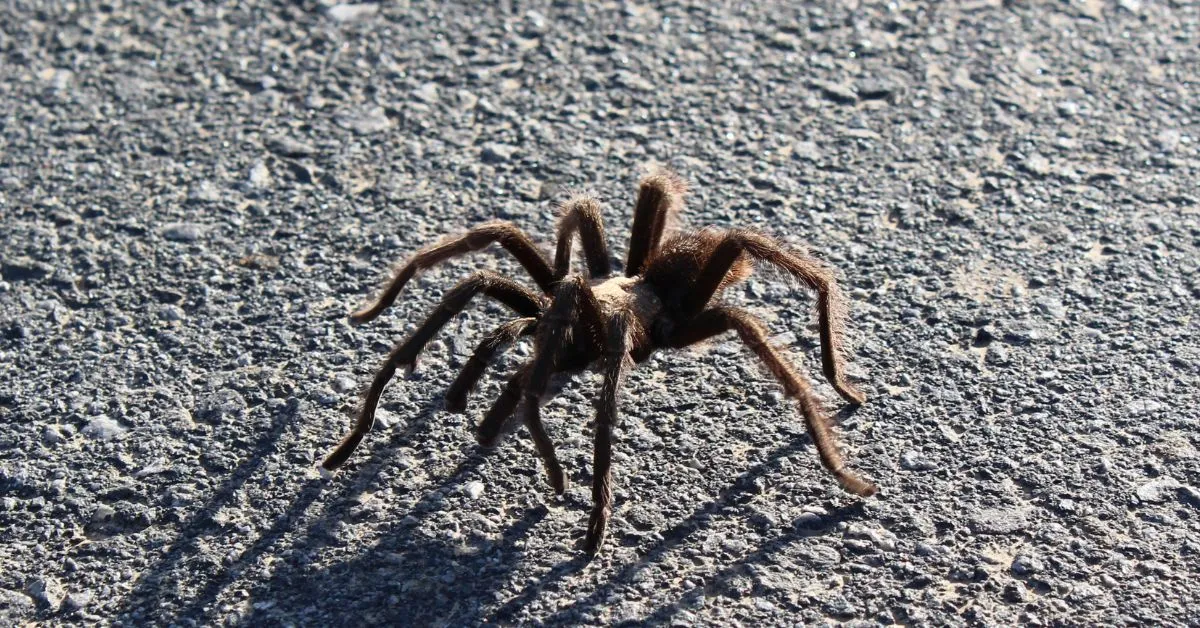
Ethical observation practices are essential for ensuring that the tarantula migration is enjoyed without causing harm to the animals or their environment. It begins with responsible planning, including researching the location, understanding the rules, and preparing for the conditions. When observing, keep a respectful distance, avoid any actions that could disturb or stress the tarantulas, and refrain from feeding them. Be aware of your impact on the environment by staying on marked trails, avoiding trampling vegetation, and packing out all trash. Report any disturbances or wildlife incidents to the relevant authorities. By following these practices, you can help protect the tarantulas and ensure that the migration remains a memorable experience.
